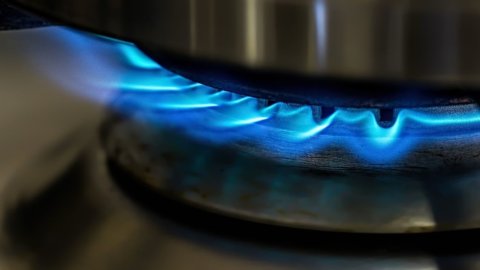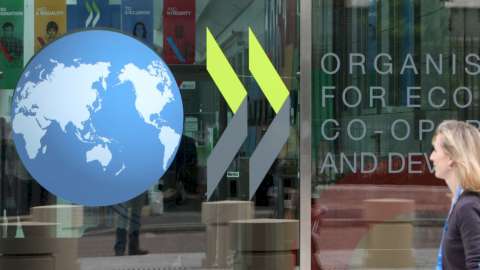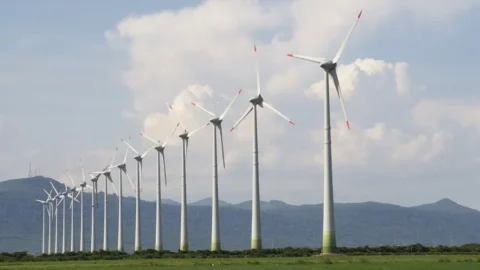Among the various industrial sectors, the gas supply chain is certainly one of the most complex and varied: from extraction activities in large deposits around the world to distribution to domestic customers, via pipeline or ship. This complexity has translated into an accentuated diversification of the types of players who, in many cases, have very few characteristics in common with each other. In the upstream stages of the supply chain we have the large oil companies while the downstream ones are presided over by the variegated world of former municipal companies. These subjects are flanked by the managers, basically in natural monopoly, of the transport networks and storage facilities.
Also in Italy the sector follows characteristics albeit with important exceptions. The main one is made up of the ENI Group, a leading company in Italy and in the world, which boasts an almost total integration on all stages of the supply chain: it is among the global leaders in gas extraction, is present in Italy in transport infrastructures, distribution, storage and regasification, and it is among the top players in sales to end customers. This leader is flanked by three distinct types of companies:
- Large players previously active in electricity generation that have diversified into gas. This is the case, for example, of Enel, Edison and Sorgenia.
- Former regional or supra-regional municipal companies, in many cases listed on the Stock Exchange. This cluster includes companies such as A2A, Acea, Hera and Iren.
- Small former municipal companies with a municipal character.
Obviously, these companies have very different strategies. Agici Finanza d'Impresa's Observatory on Alliances and Strategies in the Pan-European Utility Market annually monitors the strategic trends of the Italian and European market in the utility sector and its main players. Below are the main points that emerged from the analysis in the natural gas sector.
ENI confirms its role as global player and main gas supplier on the Italian market. In the new industrial plan, the Group gives continuity to the strategic focus on the upstream stages of the supply chain, especially on the so-called "giant fields" in South America, Central Africa and the Pacific (Australia in particular). An important role is also played by all the gas import infrastructures, with important projects in transport (above all the South Stream pipeline) and in the liquefied gas chain. In sales to end customers, the goal is to maintain leadership in Italy and in the Benelux and grow in other European countries.
As regards the large electricity groups such as Enel, Edison and Sorgenia, the strategic drivers are:
Gradually integrate into the profitable stages upstream of the supply chain. All the companies mentioned have begun to develop Exploration & Production units with the aim of covering a significant portion of the gas sold with their own production.
Becoming independent from ENI in gas supplies by negotiating directly with foreign producers and importing through proprietary infrastructures. Important infrastructural projects such as the Galsi pipeline (Enel, Edison), the IGI pipeline (Edison) and the Medgas regasification terminal in Sicily (Sorgenia) should be read from this point of view.
Increase end-market sales, particularly to domestic and commercial customers. In fact, all companies have implemented massive advertising and marketing campaigns in this regard.
The large former municipal companies are following a strategy that focuses on customer loyalty in the territories of reference and expansion into neighboring areas through acquisitions of smaller players. However, some larger companies are starting to structure strategies similar to the larger energy players, especially on the supply infrastructure side. This is the case of the newborn Iride with the Livorno or Hera regasification terminal project, which entered the Galsi project with a minority stake. A2A, given its important shareholding in Edison, is the company that most closely associates itself strategically with the large energy players.
In this complex competitive framework, the position of smaller companies is difficult. The small former municipal companies certainly have a strong point in their deep-rooted territorial presence and in the historical bond with customers. However, the gas market is increasingly open and liberalized and customers are more attentive to the price lever: this causes them to suffer increasingly intense competition from larger players. This cluster of small and medium-sized enterprises is gradually passing under the sphere of influence of larger players, especially the largest former municipal companies which acquire significant, in some cases majority, shareholdings.





